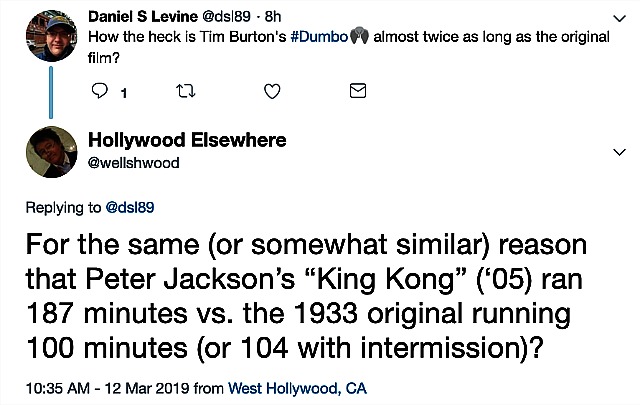Yesterday Variety‘s Matt Donnelly reported some particulars about what a lousy year 2018 was for Megan Ellison‘s Annapurna. Three wipeouts and a total loss of around $37 million, give or take.
Why? Because Ellison is famously into quality for its own sake, and doesn’t (or didn’t, at least) believe in greenlighting possible commercial successes as much as smart, sensitive, upmarket films that will delight film festival crowds along with her enlightened, SJW, politically correct hipster colleagues and feminist friendos.
Barry Jenkins‘ If Beale Street Could Talk earned $14 million and change, but lost between $8 million and $10 million, Donnelly reports. Karyn Kusama‘s Destroyer didn’t earn squat domestically ($1,527,853) and lost around $7 million.
The biggest calamity was Adam McKay‘s Vice, which cost $65 million to make but lost between $15 and $20 million.
Be honest — you’re the final “yes or no” person at Annapurna, and certain voices want you to greenlight an adaptation of a 1974 James Baldwin novel that, despite Jenkins’ intention to bathe it in Wong Kar Wai-styled lighting, others regard as a serious downer. It’s basically about a young black couple in Harlem who are totally in love with each other, but then the young husband gets jailed for a rape he didn’t commit and he winds up staying in the clink for the rest of the film, in part because his wife’s mother is unable to persuade a Puerto Rican woman who misidentified the husband as the culprit to recant her testimony.
In all honesty, would you greenlight Beale Street?
And would you greenlight a hardboiled police thriller with Nicole Kidman as a gray-faced zombie cop who goes from one encounter to another speaking in an affected, raspy-voiced, all-but-unintelligible Clint Eastwood whisper? A movie that was shot in order to prove that a crusty, hard-boiled undercover woman detective can be just as existentially blighted and inwardly destroyed as any male badass cop — would you say “yeah, sounds like a winner”?






